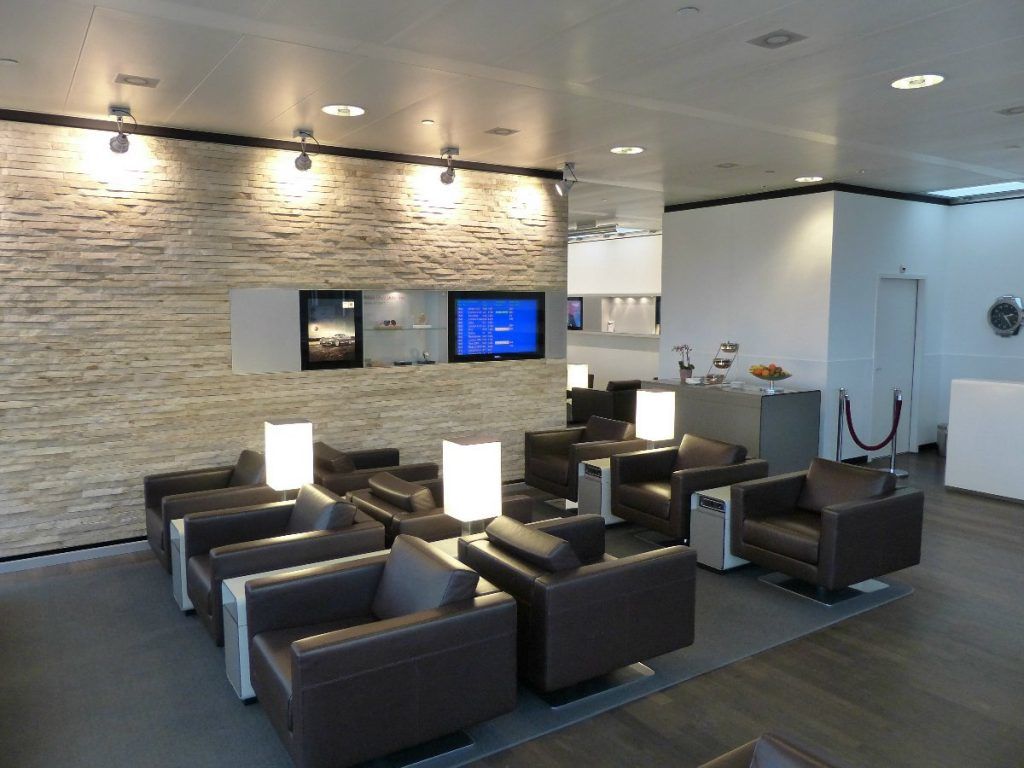Communicating health insurance options to employees can often feel like navigating a minefield. Many people have only a vague understanding of what these options entail and how they truly affect them. I vividly recall my first attempt to explain health insurance choices. Ditching the jargon and getting straight to the point made me realize just how vital it is to recognize the diverse perspectives employees hold about their health coverage.
Employees hail from various backgrounds, each carrying different levels of familiarity with health insurance. Some may have previously dealt with plans, while others might be approaching it for the very first time. Acknowledging these varied experiences is crucial in shaping how we discuss health insurance, making it feel much more relatable. Creating an environment where employees feel comfortable asking questions is essential—I’ve discovered that fostering this openness encourages active participation.
Simplifying the Jargon
Health insurance is often riddled with complex terminology that can intimidate even the most eager employee. Terms like “deductibles,” “copays,” and “premiums” can easily induce confusion. Simplifying this language is crucial. During my first presentation on health benefits, I noticed employees’ eyes glazing over as I rattled off technical terms that, while correct, had little meaning for them.
Transforming these concepts into everyday language made a significant difference. I developed handouts filled with comparisons and definitions, but what truly resonated were the relatable stories. For example, explaining a copay by comparing it to sharing a meal at a restaurant really illuminated its purpose. When employees began to see how these terms apply in real-world contexts, the fog of confusion lifted, and everything clicked into place.
Utilizing Visual Aids
In our digital age, visual communication is incredibly effective. Incorporating infographics or slides featuring clear bullet points and engaging visuals during health insurance discussions can greatly enhance understanding. I remember the first time I included a vibrant chart in a presentation. It wasn’t just visually appealing; it also clarified how various plans stacked up against each other.
Visual aids not only improve engagement but also serve as reference points that employees can revisit after the meeting. They often reminisce, saying things like, “Oh, I remember that colorful chart!” which brings me genuine satisfaction in my efforts to educate.
Encouraging Questions and Discussions
In addition to simplifying terminology and using visuals, it’s crucial to foster an atmosphere where questions and discussions are welcomed. During my initial insurance Q&A session, I noticed many employees hesitating to speak up, worried they might appear uninformed. The tension in the room was palpable. To counter this, I decided to lighten the mood by sharing my own experiences and the uncertainties I faced when I first navigated insurance options.
Encouraging employees to share their stories not only broke the ice but also helped me assess their understanding. It’s vital for them to feel there’s no such thing as a silly question. Reinforcing this belief during open discussions has sparked deeper conversations, encouraging employees to express their concerns and what truly matters to them regarding their health insurance.
Continuous Learning Opportunities
Health insurance isn’t just a one-off conversation; it’s an ongoing journey. It’s essential to convey that education around benefits extends well beyond the initial enrollment period. I’ve found it beneficial to create ongoing training resources, such as newsletters or annual workshops, to keep the conversation thriving.
Promoting a culture of continuous learning about health insurance cultivates a better understanding and equips employees with the knowledge to navigate their benefits more adeptly over time. Sharing updates on healthcare laws or trends keeps everyone informed and empowers them to make the best choices for themselves and their families.
Celebrating Small Wins
Lastly, celebrating small wins related to health insurance can significantly enhance the workplace atmosphere. Whether it’s an employee successfully enrolling in a new plan or grasping a specific benefit for the first time, acknowledging these moments fosters a culture of appreciation and encouragement. I’ve learned that turning accomplishments into collective moments of celebration can greatly boost morale and create a safety net for future discussions.
Ultimately, it’s about crafting an environment where employees feel informed and valued as active participants in their health journeys, celebrating their achievements while also equipping them to confront challenges head-on. Want to keep exploring the subject? please click the up coming article, we’ve selected this for your further reading.
Expand your view on the subject discussed in this article with the related posts we’ve specially selected for you:
